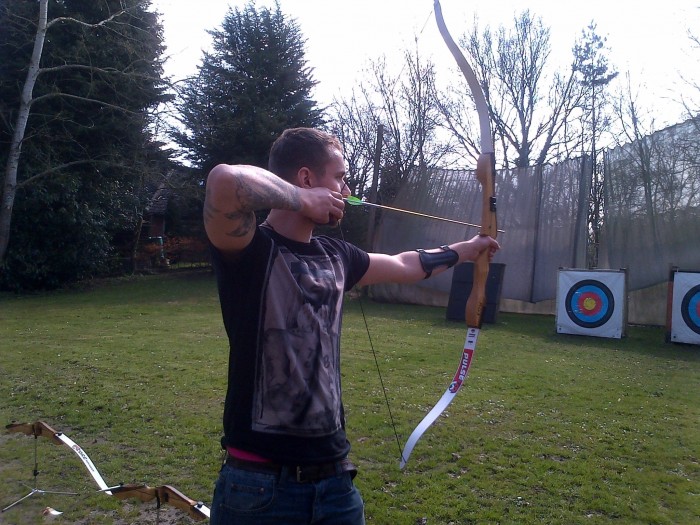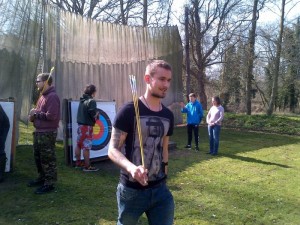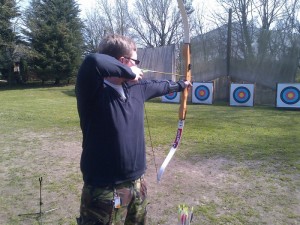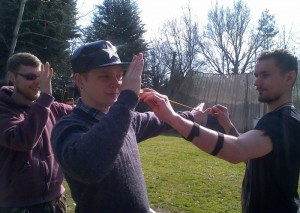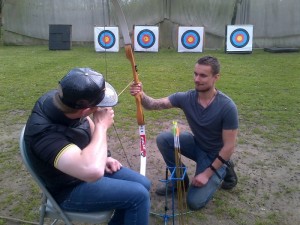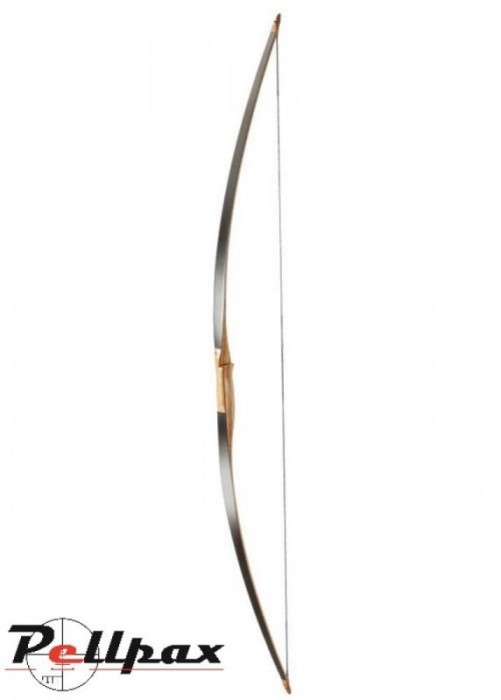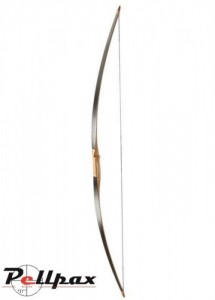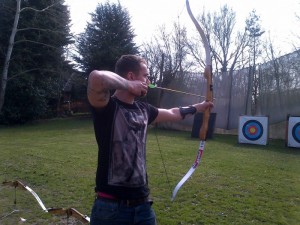
This summer will see many new enthusiasts for the sport of archery, so if you’ve discovered a newfound passion for this activity, then read on to find out how you can get involved….
All forms of archery in the UK are under governance of ArcheryGB, which is affiliated to the World Archery Federation – formerly FITA (Fédération Internationale de Tir à l’Arc) – and is a member of the British Olympic Association. The very first archery society was founded in 1537, under the direction of Henry VIII, and by the 1600s, archery was established as a competitive sport.
Archery GB
Contacting Archery GB (http://www.archerygb.org) is a good first step to learning archery. The website provides information about clubs, competitions, and courses. You don’t have to be a member of Archery GB to take part in the sport, but there are advantages. As a member, you are eligible to enter its regional and national tournaments and to attend its training courses (although not all of the courses are exclusive to members). There is also subscription to a quarterly magazine, Archery UK.
Field Archery
Field archery involves an exciting trek through woodland and open countryside, shooting at a series of archery targets from designated positions. These targets can be flat or three dimensional, upright or tilted, small or large, and at short or long distances. The archer might be shooting among trees, on a slope, across a pond, or from a gulley – you could be shooting from rocky or muddy terrain, in rain or wind, bright sunlight or semi-darkness.
Outdoor Target Archery
This is the most popular discipline in the UK. Archers shoot at circular, colour-coded targets – each colour representing two scores. The white (outer) ring is one and two, the black, three and four, the blue, five and six, the red, seven and eight, and the gold (centre) ring is nine and ten; the bullseye (10) is 2cm in diameter. Outdoor archery targets are at distances ranging from 40 yards (37m) to
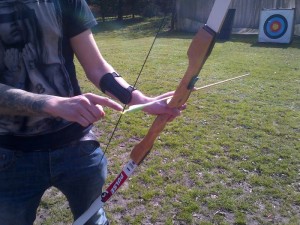
100 yards (91m) for seniors, and from ten yards (9m) to 80 yards (73m) for juniors. In a competition, each archer will shoot ten ends of six arrows, thereby shooting 60 arrows in all. The maximum score for an end is 60 points.
Indoor Target Archery
Indoor target archery is popular during the winter months. Archers shoot at a standard ten-ring target at a distance of 20 yards (18m). Like outdoor archery, both recurve and compound bows are used for the indoor sport.
Flight Archery
Flight Archery – a rare sport in the UK – is about shooting your arrows as far as you can. The obvious problem with this sport is that there are so few places it can be played. A target is, by definition, a stop for a potentially lethal projectile. It’s a challenge to find a suitable venue for flight archery!
Archery in Schools
Archery GB is working in conjunction with School Games to introduce schoolchildren to archery, offering opportunities for intra- and inter-school competition. For dedicated youngsters, there is even the chance of competing on a national level. “We believe that by supporting schools and their networks to deliver the School Games, more young people will also be introduced to archery and enjoy further opportunities through clubs.” Archery GB.
Archery GB Courses
When you join an archery club as a novice, you will likely be required to take part in a beginners’ course consisting of four to six introductory lessons, delivered by a qualified coach. The club’s Archery GB insurance covers new members for the first six lessons that they receive at the club, but after that, if you choose to continue with archery, you will need to join the club or Archery GB. Many people, of course, join both.
The Archery GB Instructor Award is designed for people working in educational environments, and for those who work in recreation and leisure. This basic, entry-level course focusses on training both experienced and novice archers to deliver safe and enjoyable introductory archery sessions.
Level 1 Award in Coaching Archery trains an archer to deliver a course for beginners and includes 12 hours’ supported practice (coaching at your own club, for example) and an assessment delivered over a 12-week period.
Level 2 Award in Coaching Archery is for Archery GB Level 1 coaches. This course teaches participants to deliver a club coaching programme, take responsibility for beginners’ courses, prepare archers for their first competitions, and to manage, mentor and support Level 1 coaches.
Archery Equipment
The oldest form of bow is the longbow, and it is still a favourite of many archers today. From about 3500 BC, the longbow was established as the Egyptians’ primary weapon of war. In the 13th and 14th centuries, longbow-men were the core of the English Army, but during the 16th century, the invention of firearms meant the decline of the bow and arrow as a war weapon.
The recurve bow is the most popular kind of bow, and the only form to be used in most world archery competitions. It’s essentially a bow with limbs that curve away from the archer when unstrung. It was invented by the Assyrians in about 1800 BC – the early models being made of wood, horn, and leather. Shorter than a longbow, the recurve bow proved to be a handy weapon to use whilst racing around in chariots. At Pellpax, we have a wide range of recurve bows and accessories in our archery shop.
Another popular type of the bow is the compound bow, which was first developed by an American, Holless Wilbur Allen, in 1966. Working on a pulley / cam system, the bow provides a mechanical advantage to the archer, allowing the limbs of the bow to be more rigid and therefore more energy efficient than those of the longbow or recurve bow. At Pellpax, we have a wide range of compound bows and accessories.
Meanwhile, the crossbow – a short bow mounted on a stock – originated in China during the sixth century BC. The projectiles are called bolts (or quarrels), fired from a string which is released by a trigger. The crossbow is a silent, powerful, and accurate hunting tool (outside of the UK), as well as a popular discipline within competitive archery. At Pellpax, we have a wide range of crossbows for sale and accessories, which you can check out here.
Head to the ArcheryGB website to learn more about archery. Or check out our extensive range of crossbows for sale, archery accessories and other goods in our archery shop.

